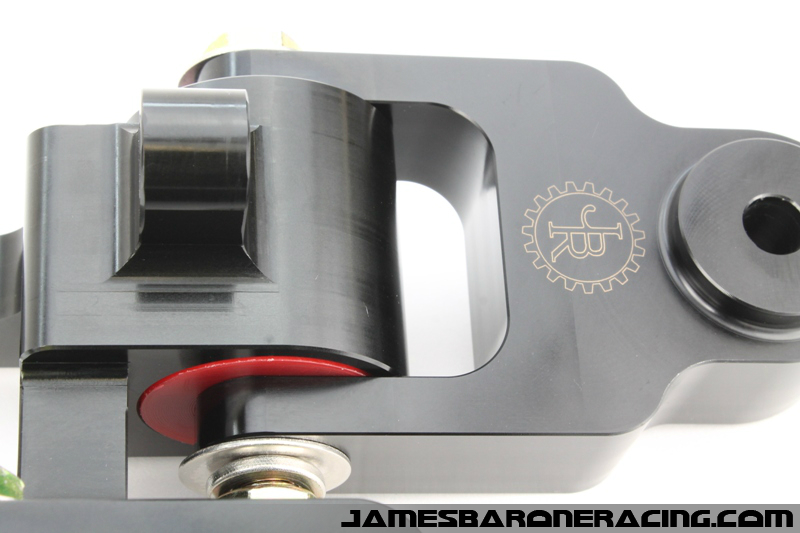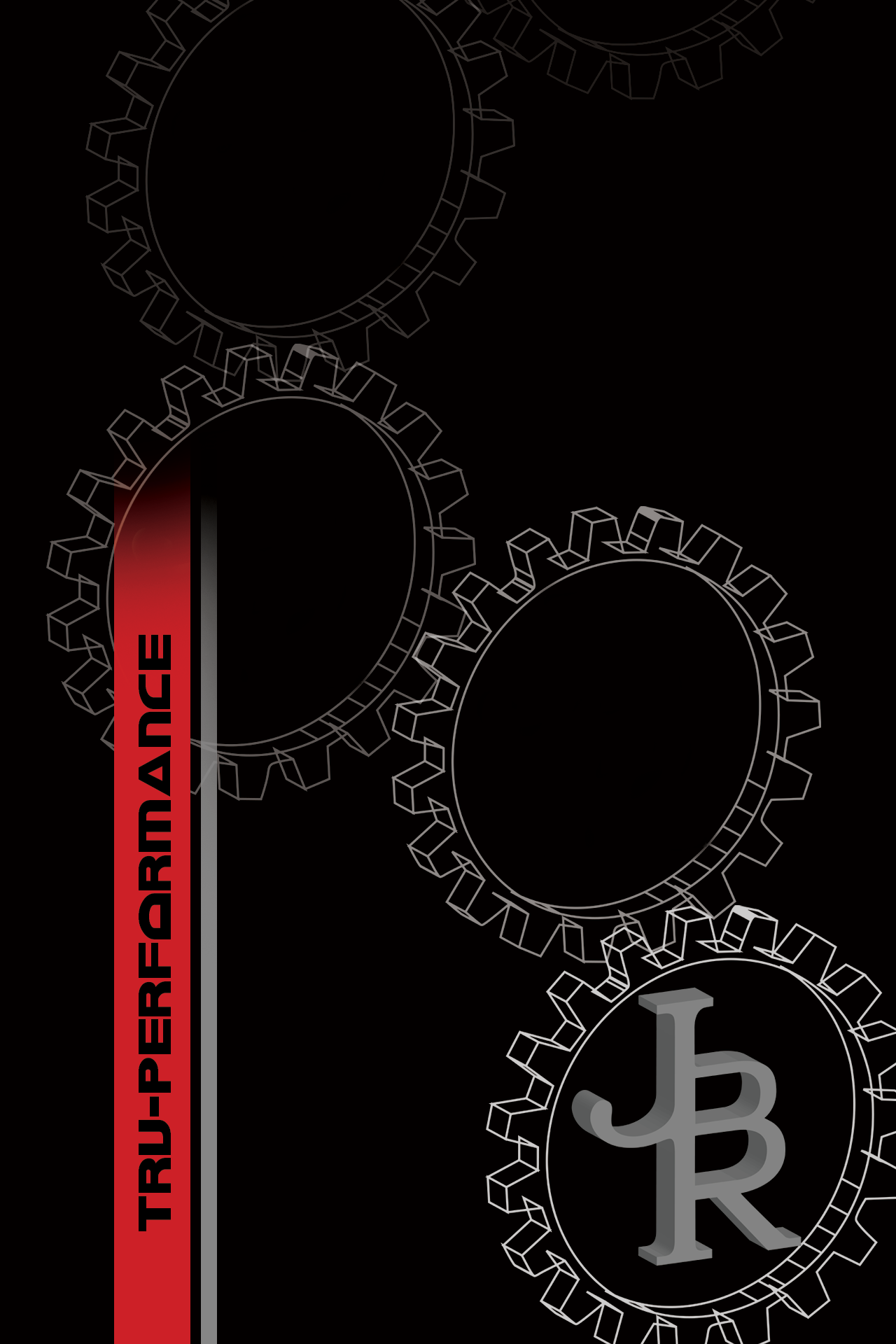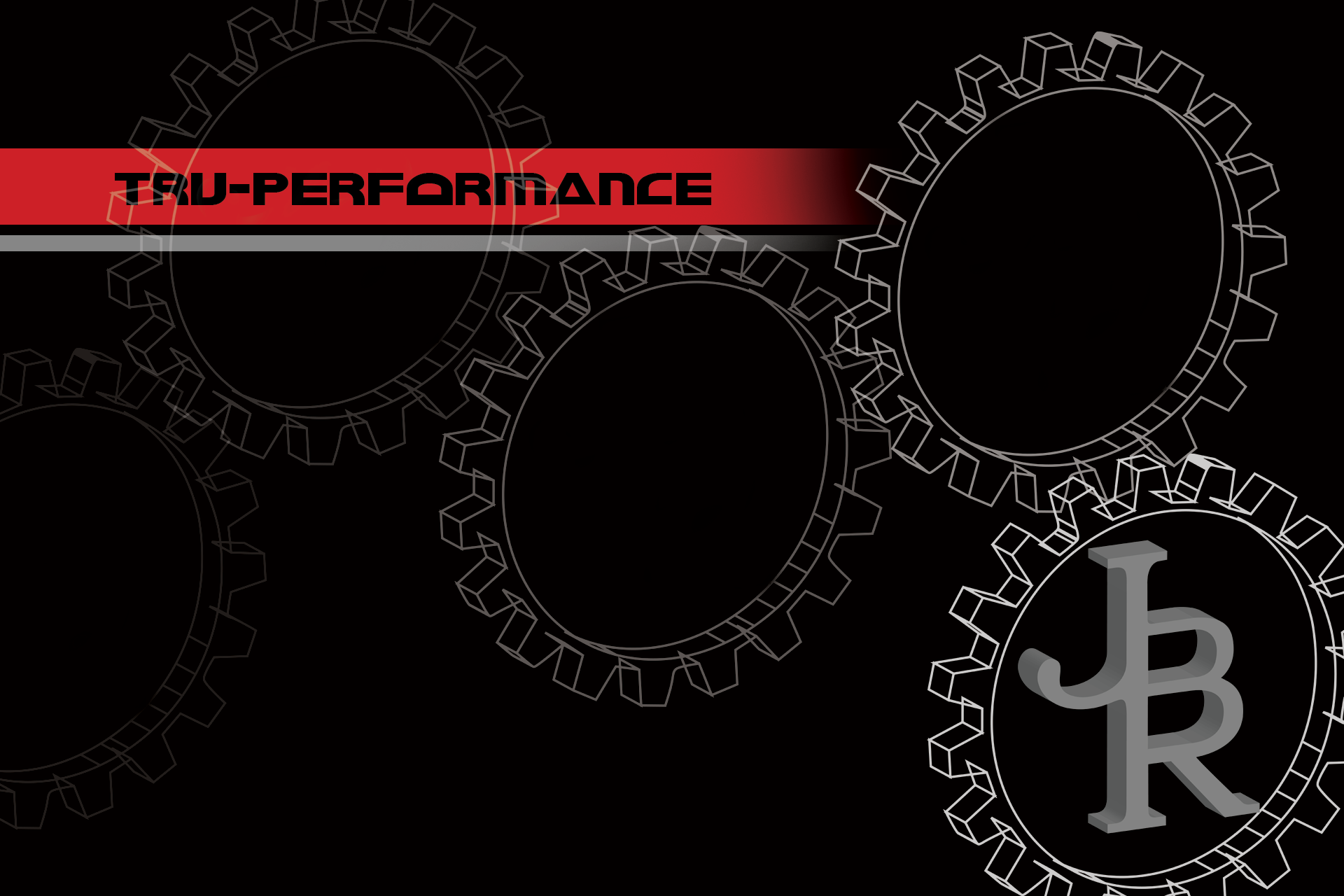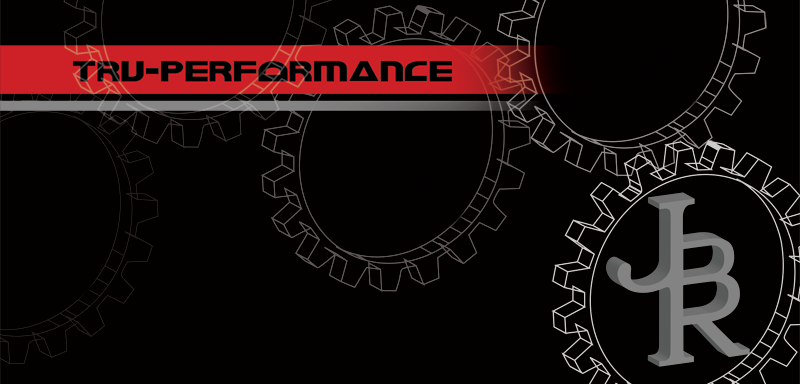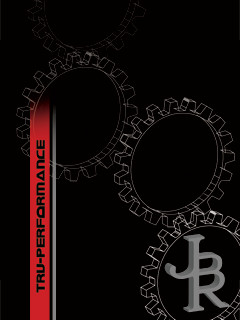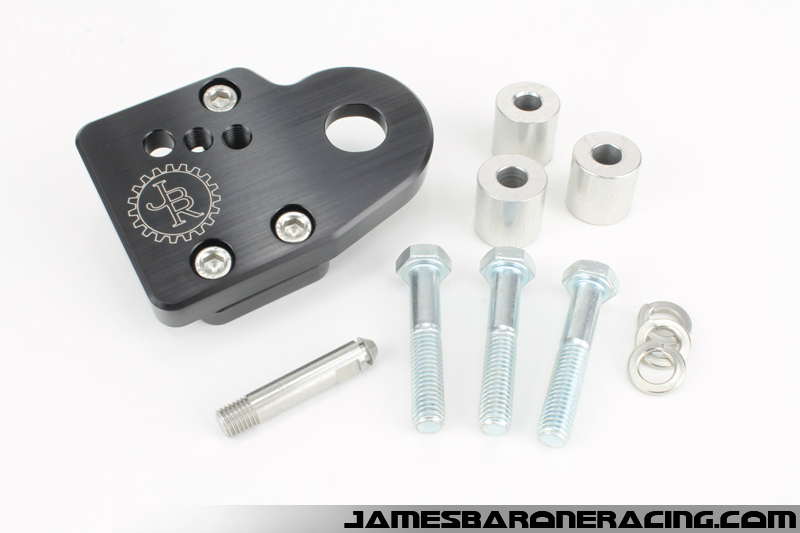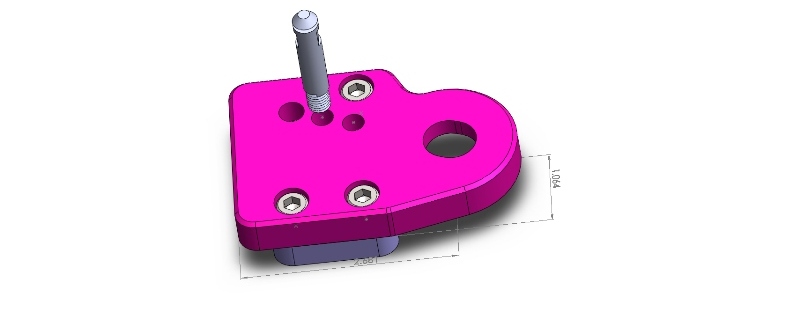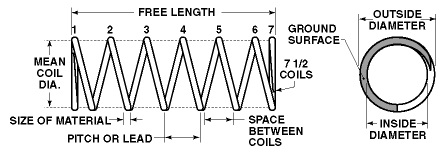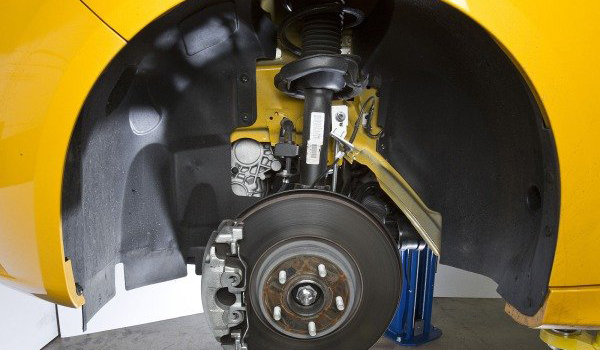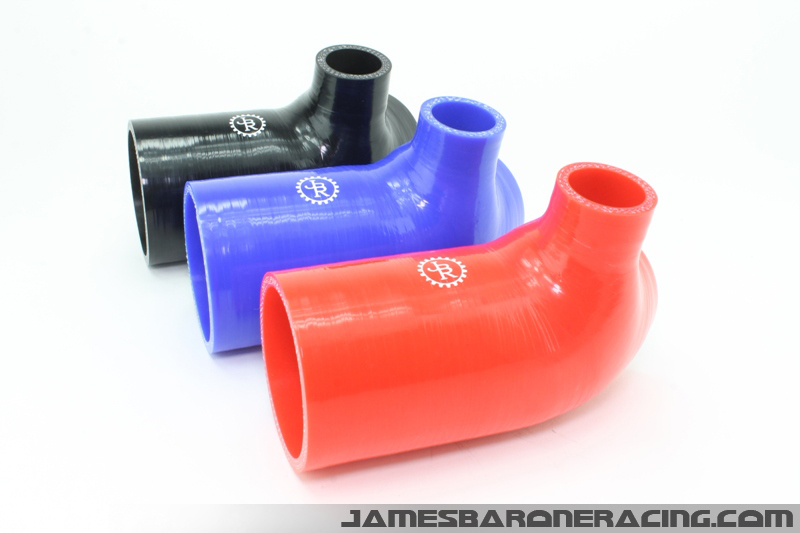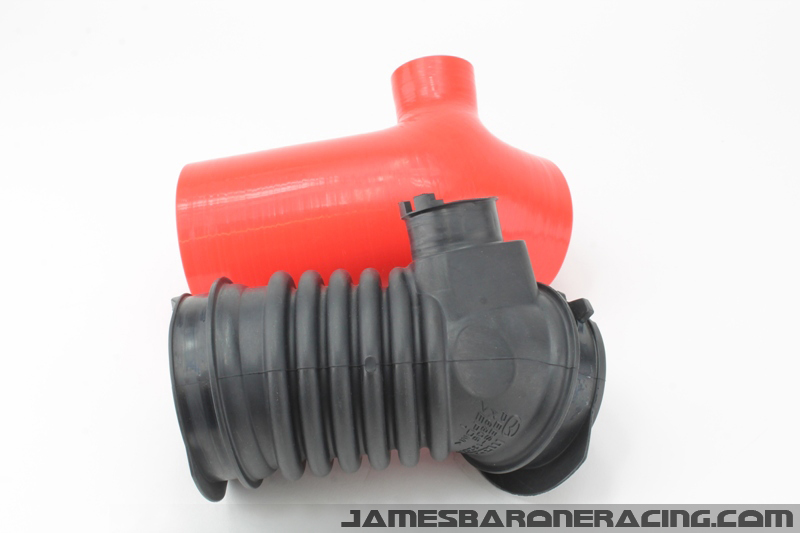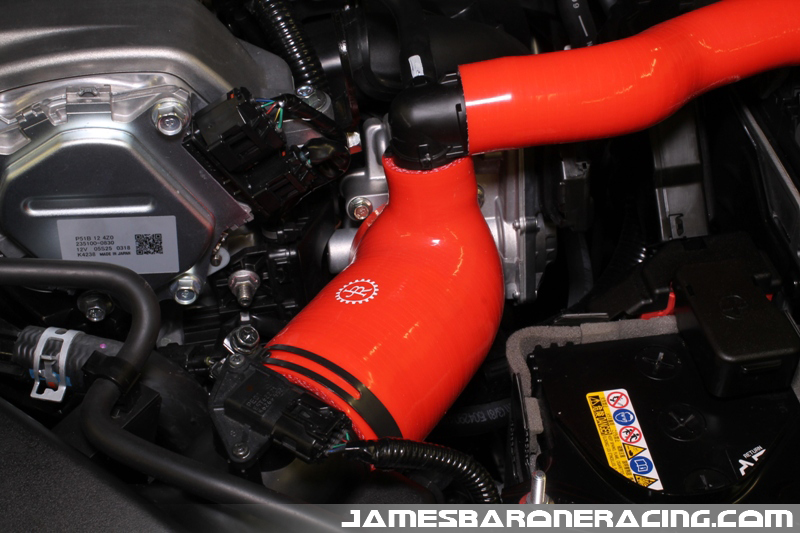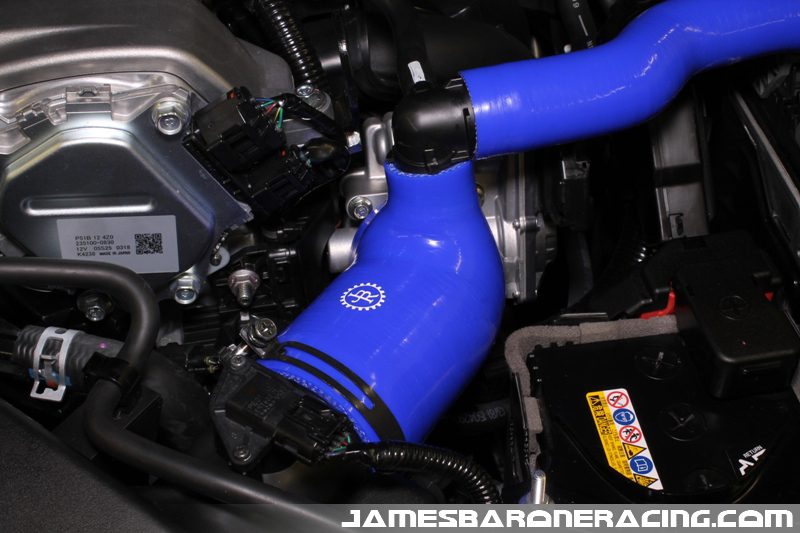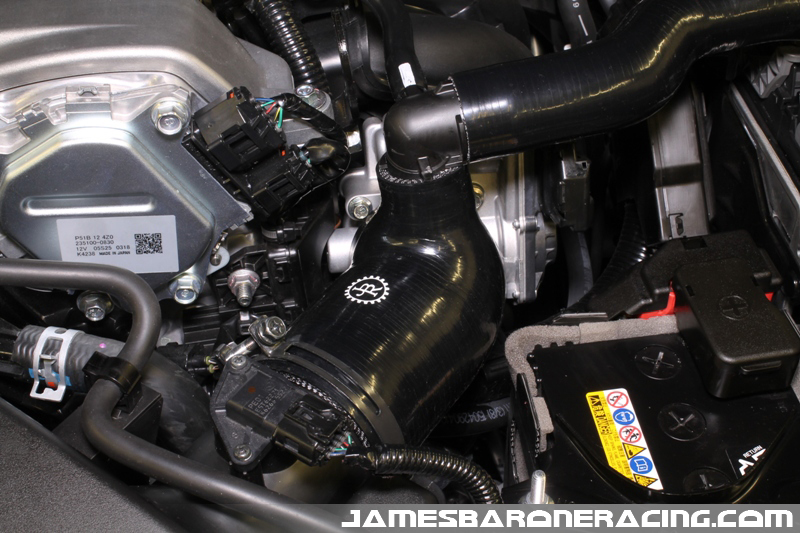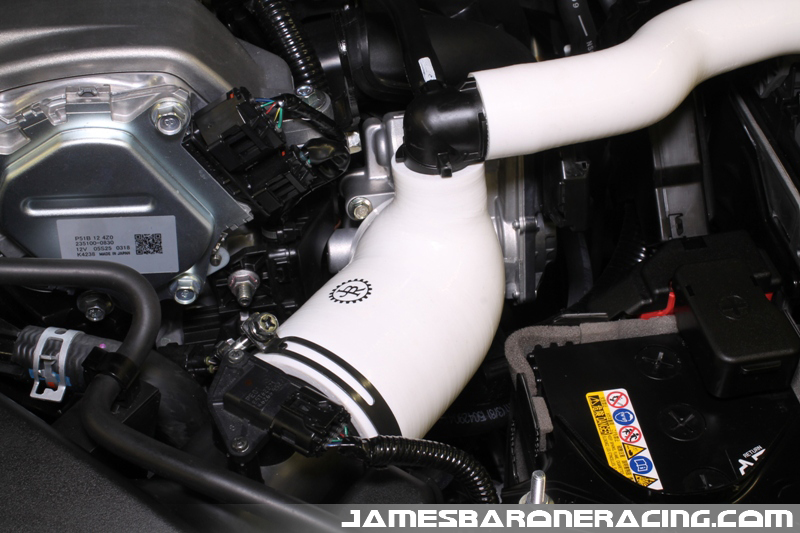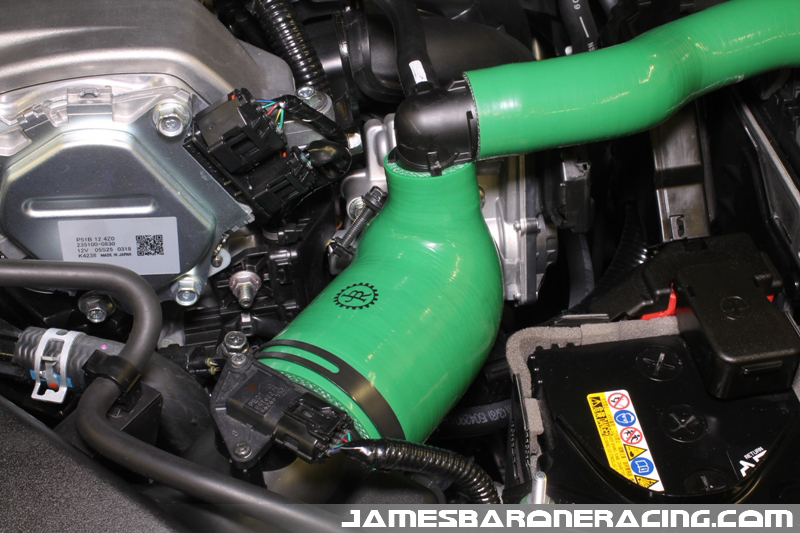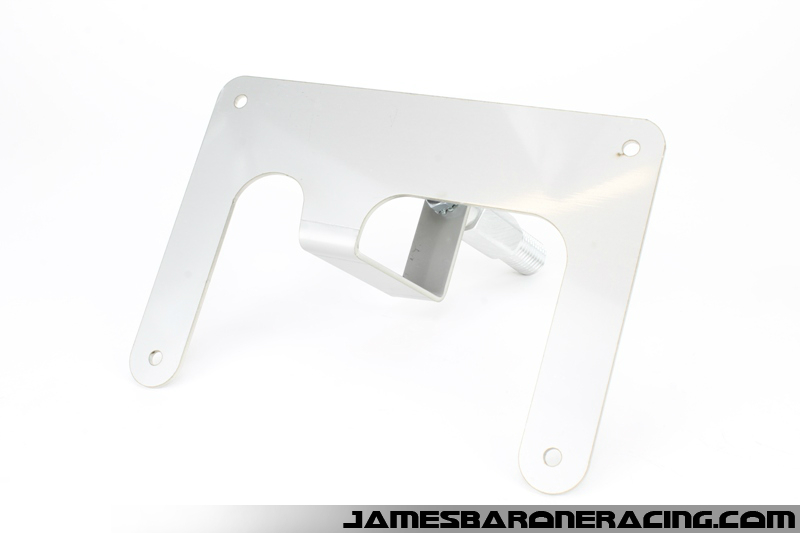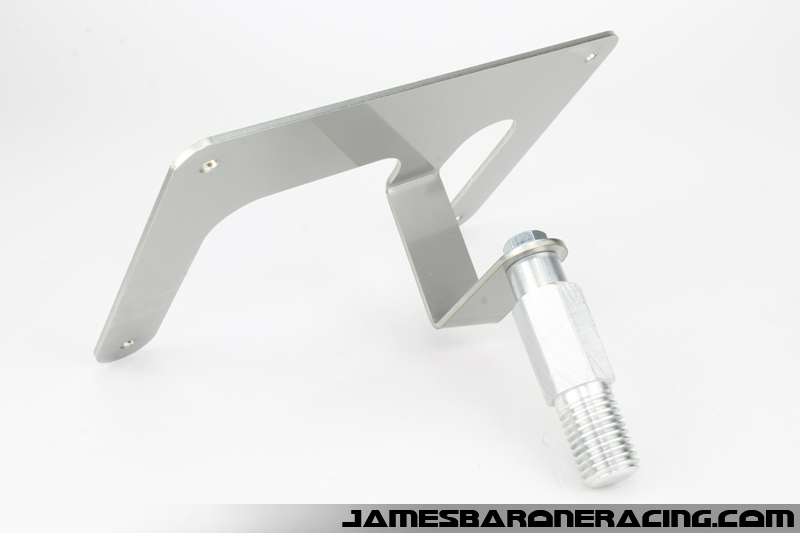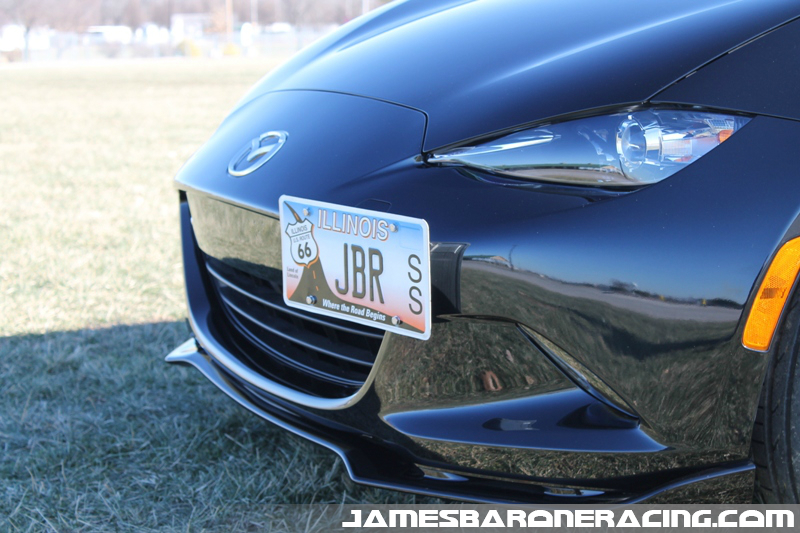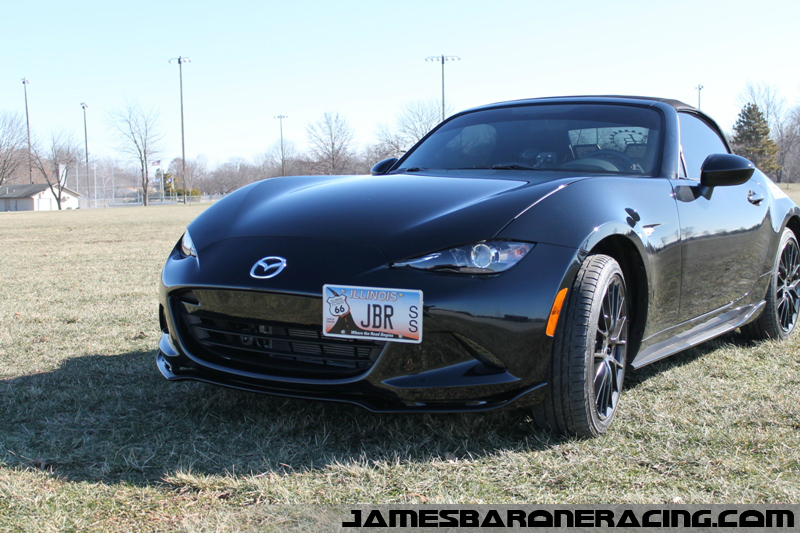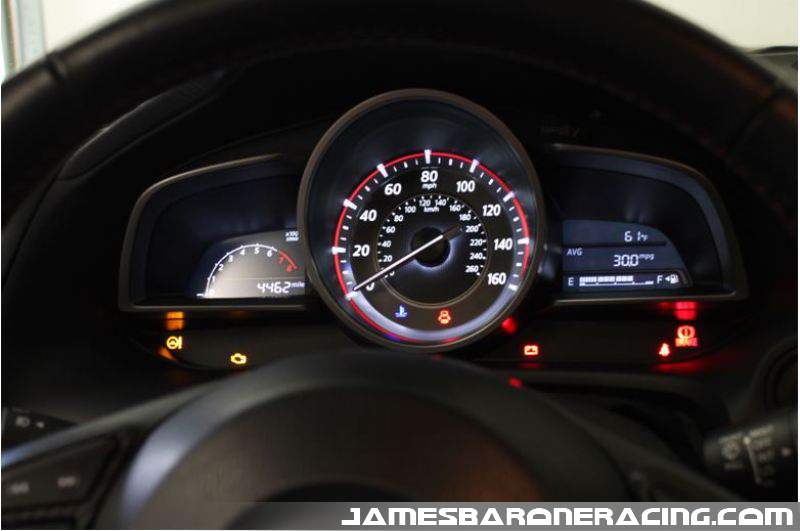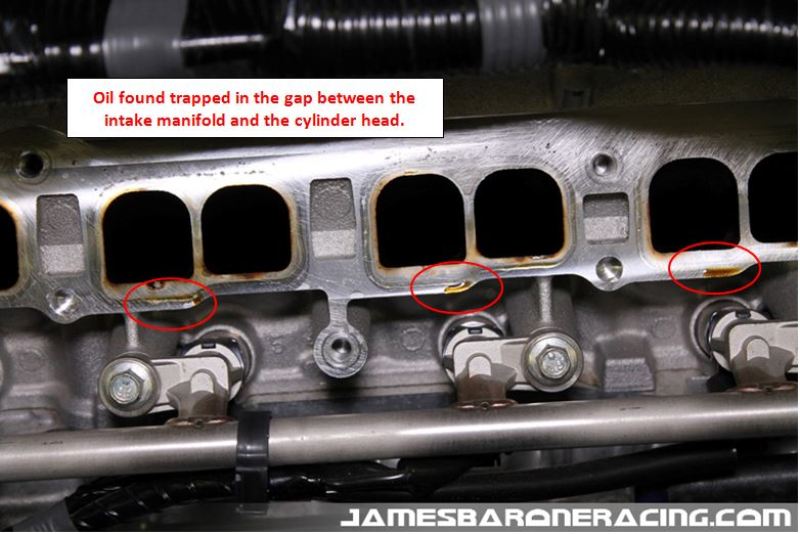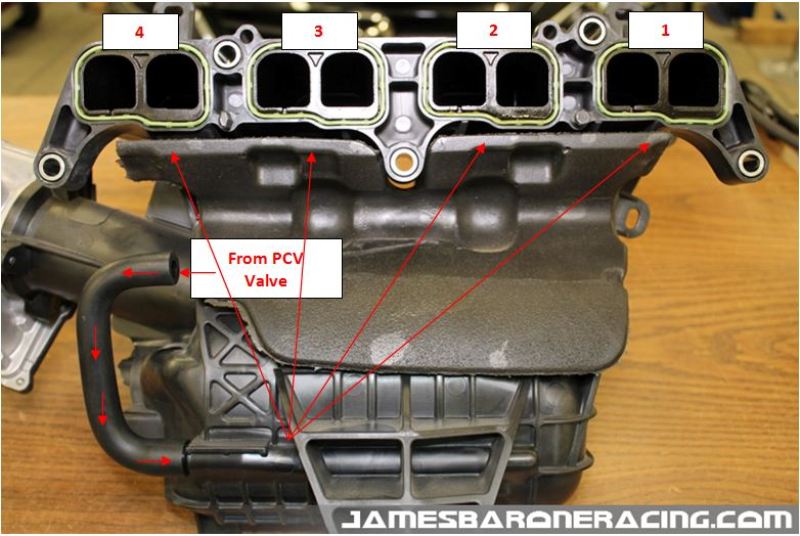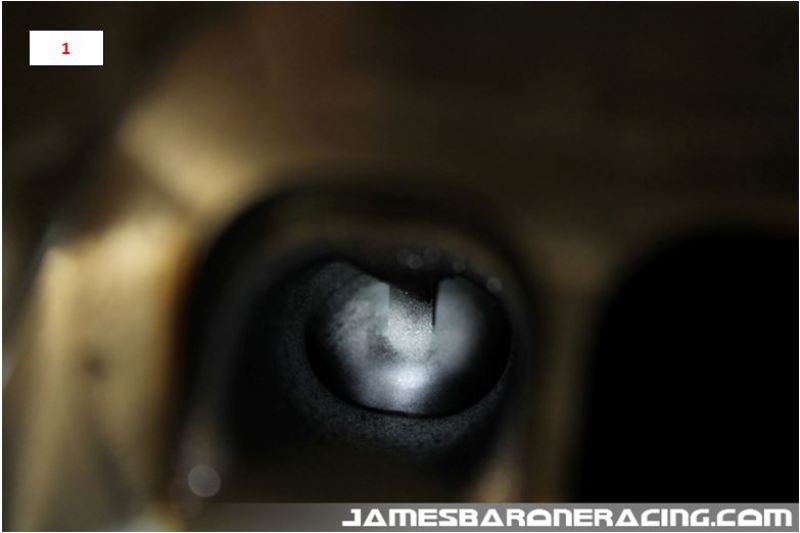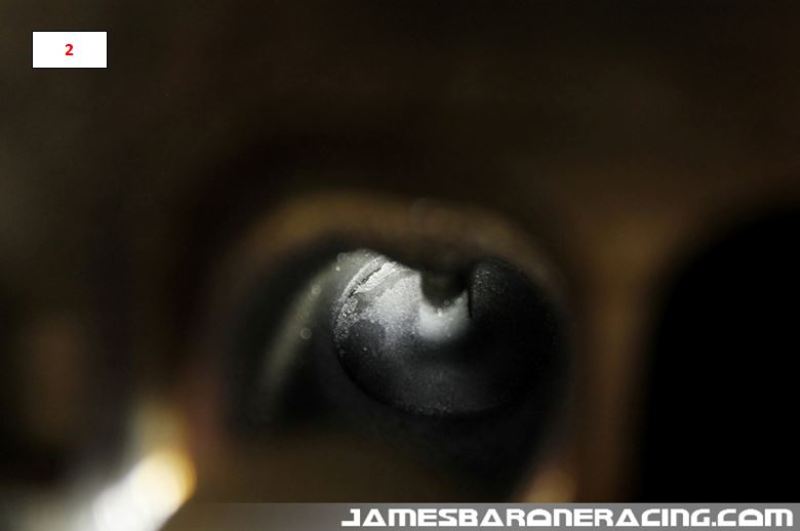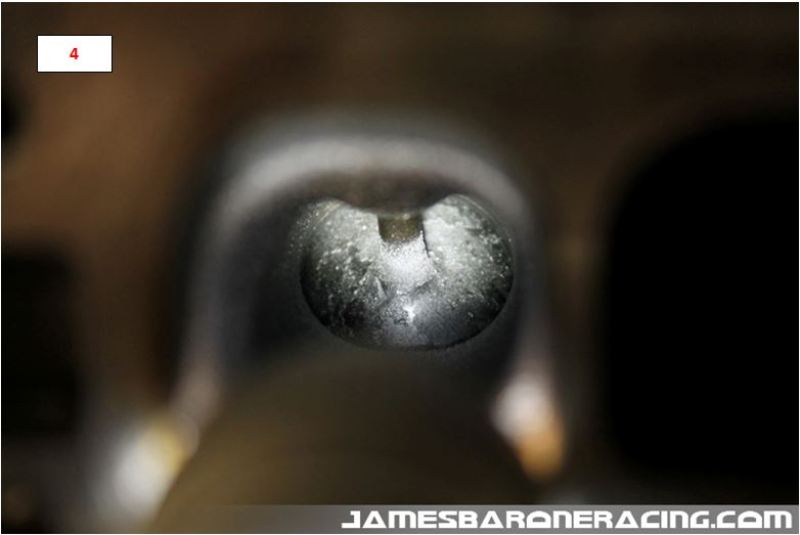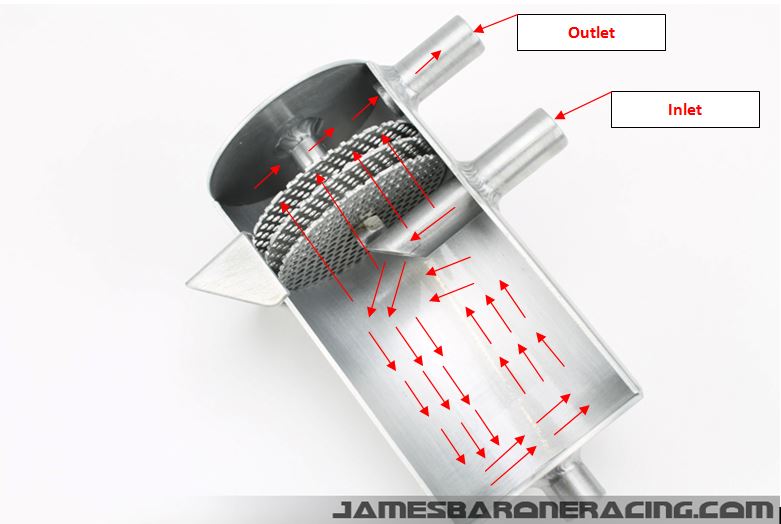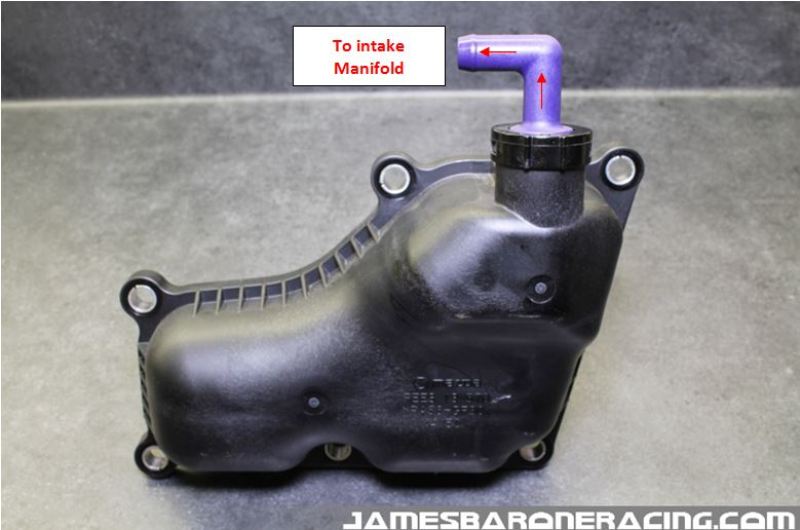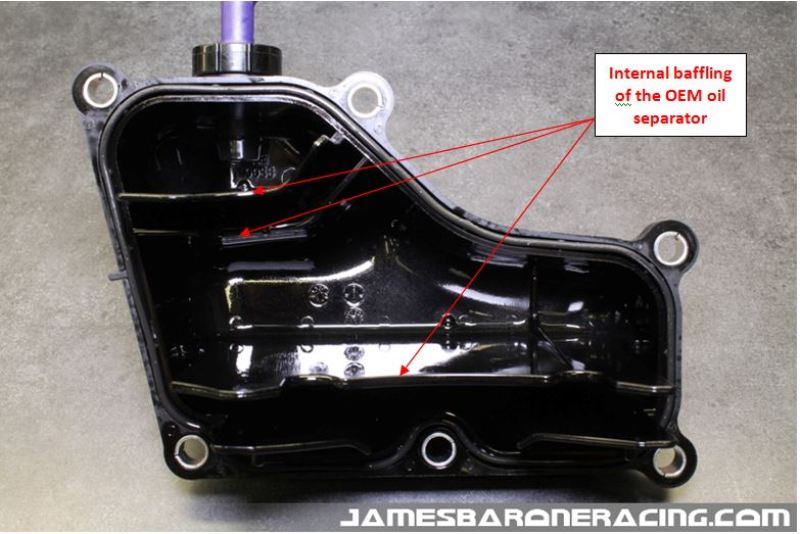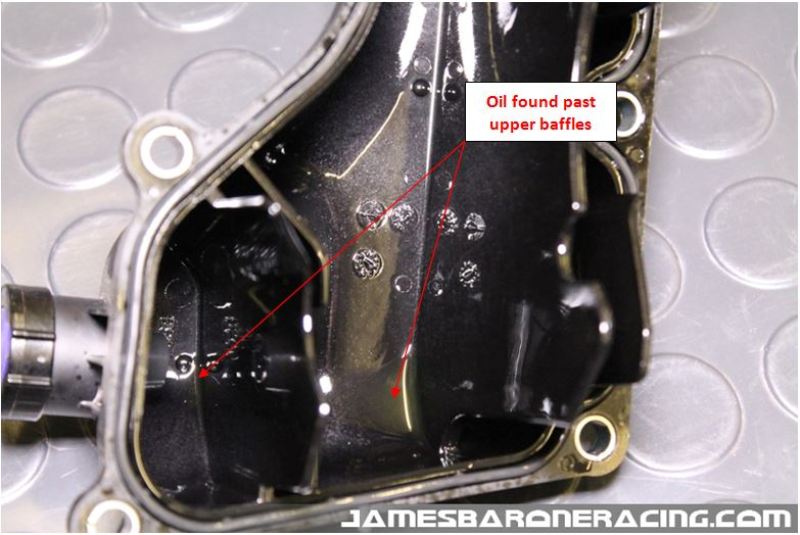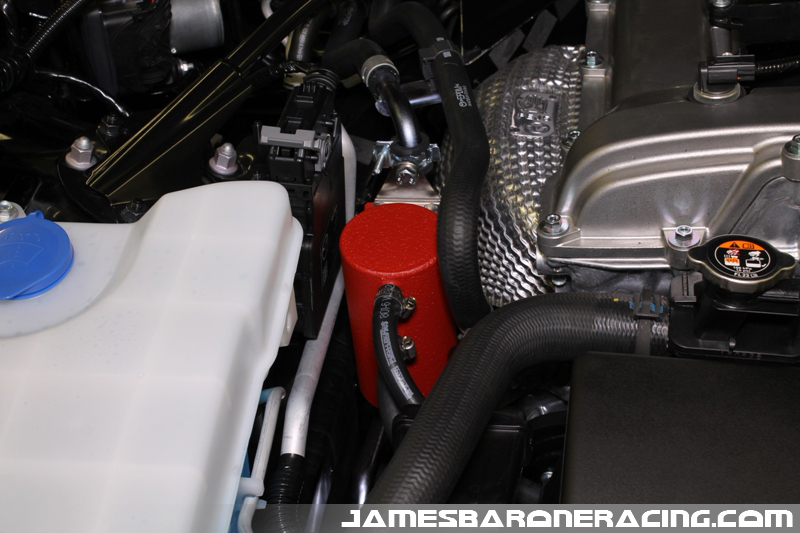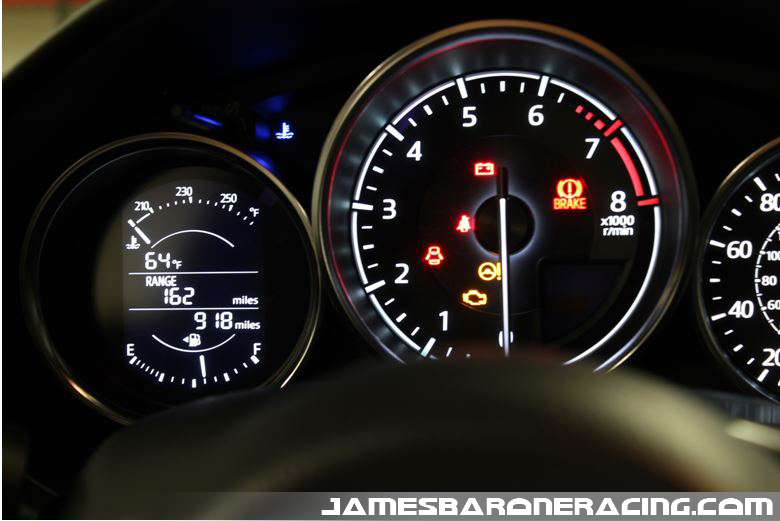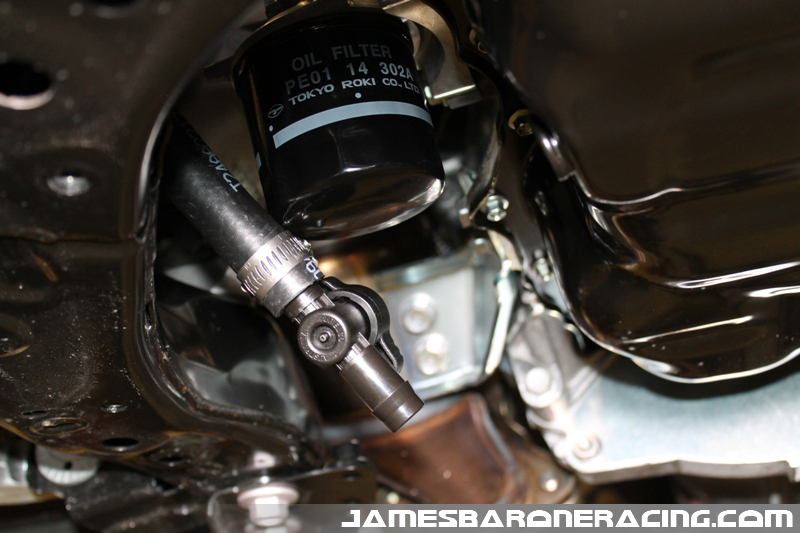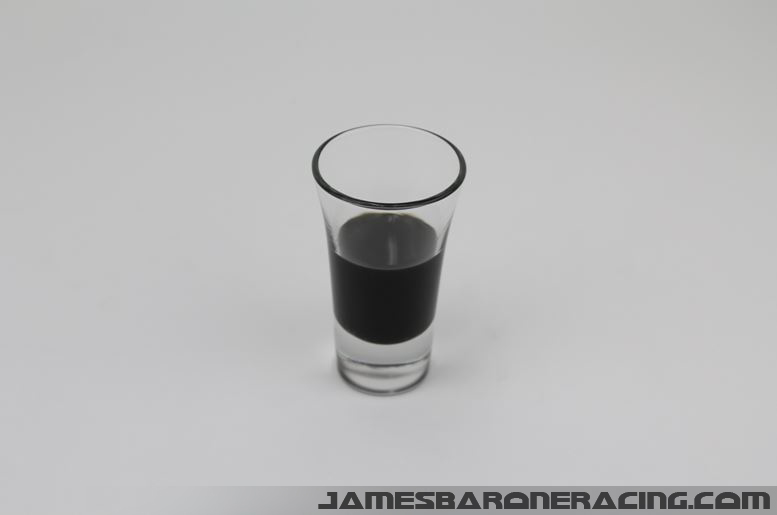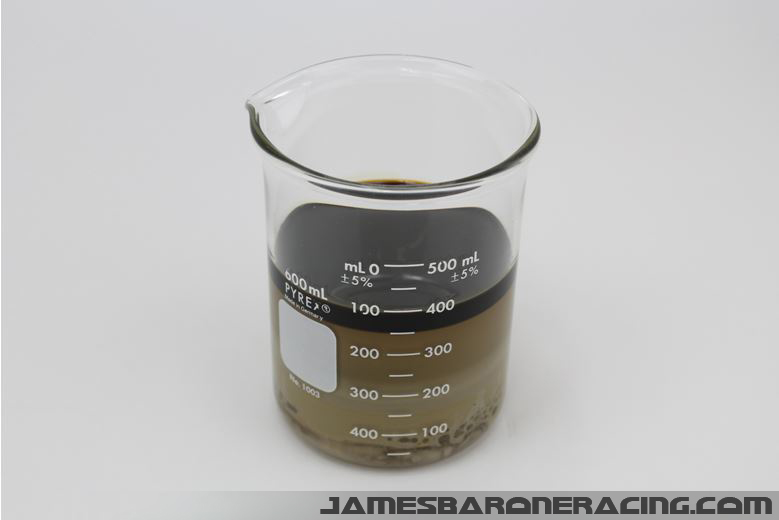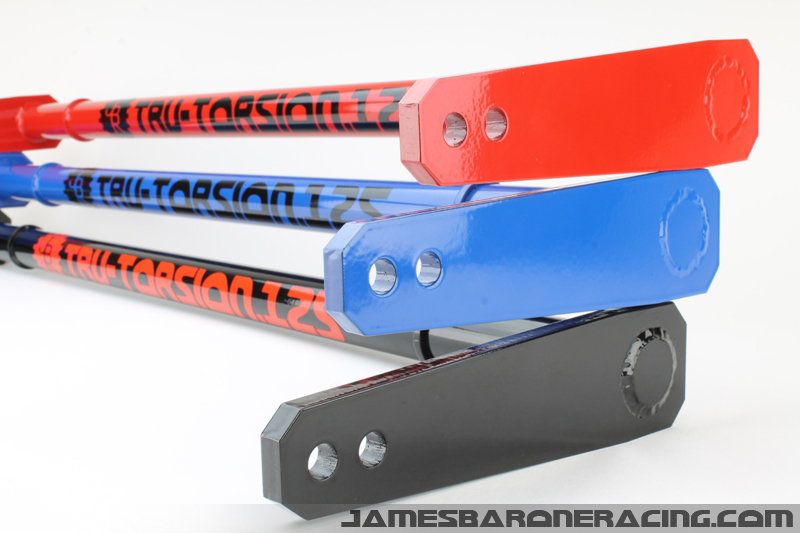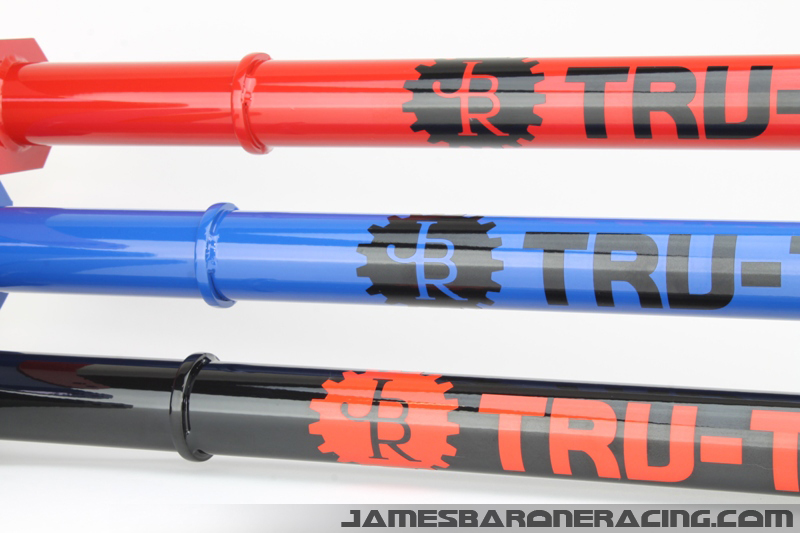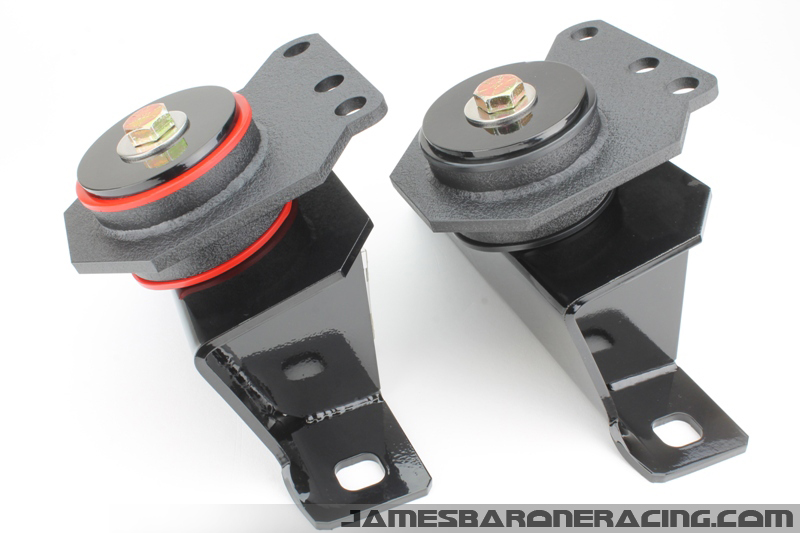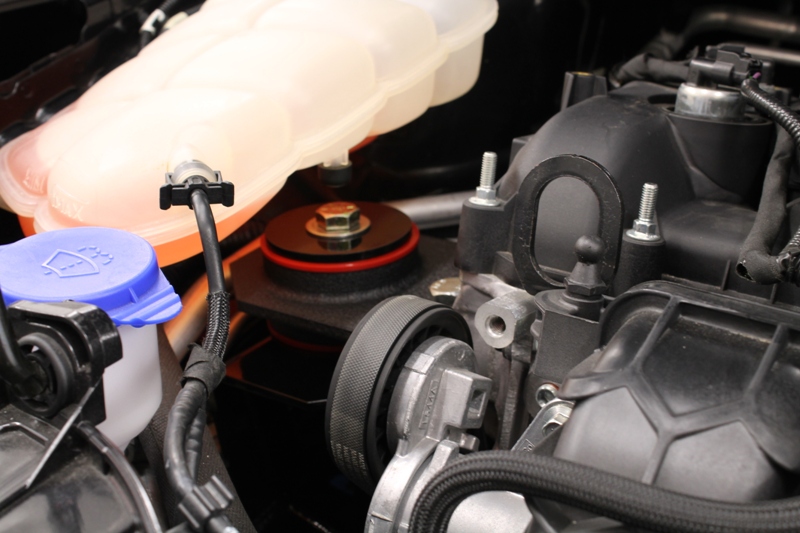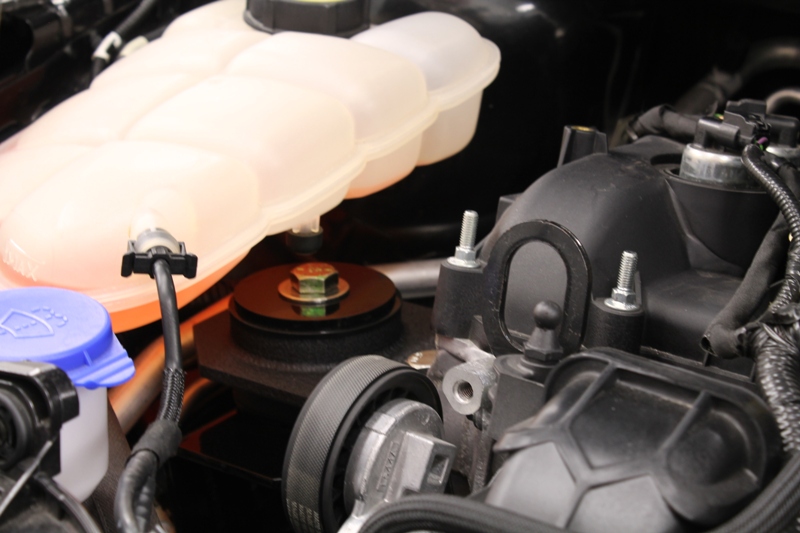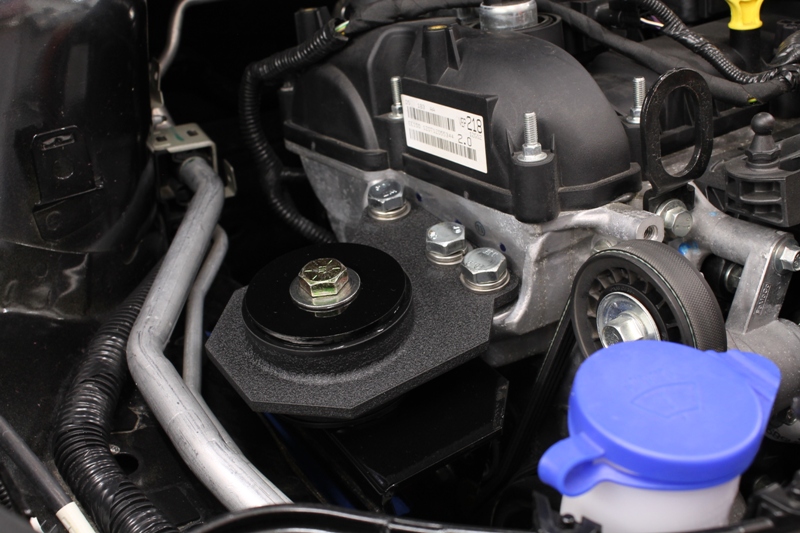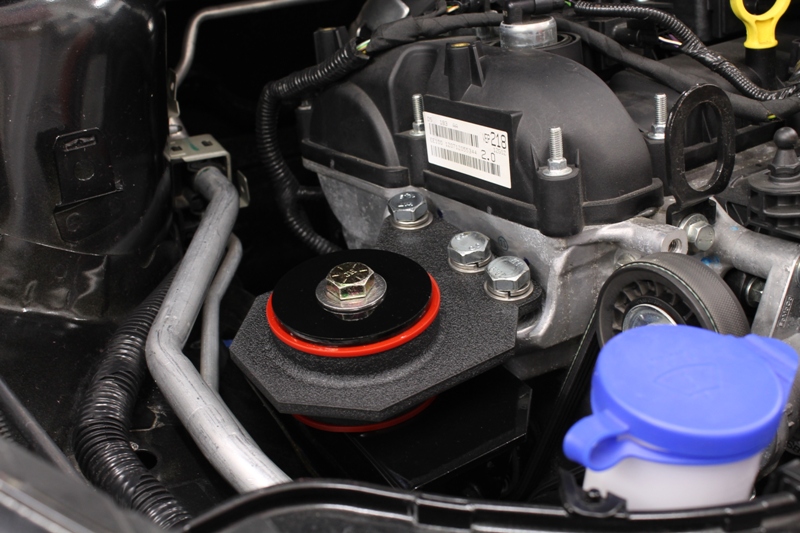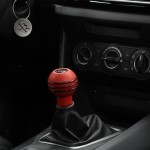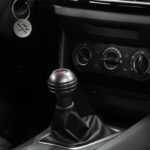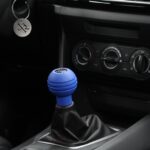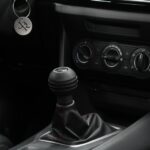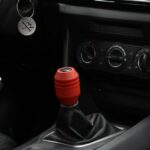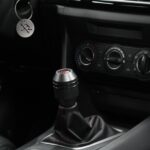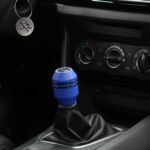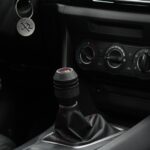Going back to our last post (if you haven’t read Part One yet, you should), we discussed some suspension basics. We know that two major components in a suspension that can be upgraded to optimize performance are springs and dampers. Springs can be thought of as a coarse control, with the dampers being a fine control. When looking for the most performance and flexibility for different conditions, a full replacement is best. This is commonly known as a coilover system.
When looking at coilover options, an abundance of offerings will be found. Where does one begin to make choices? Spring-rate, dampening, compression, rebound, and independent adjustability of these are all items to consider when choosing a coilover system.
Spring-rate is a large factor in how a coilover will perform. Simply put, the spring-rate is defined as the amount the spring deflects over a certain load capacity. This rating can be made in either kg/mm or lbs/in. You will see kg/mm often shown as “K” and lbs/in often shown as “#” or “lb”. To understand and compare different systems to one another, use this chart:
700 lb/in = 12.5 kg/mm
650 lb/in = 11.6 kg/mm
600 lb/in = 10.7 kg/mm
550 lb/in = 9.8 kg/mm
500 lb/in = 8.9 kg/mm
450 lb/in = 8 kg/mm
400 lb/in = 7.1 kg/mm
350 lb/in = 6.2 kg/mm
300 lb/in = 5.3 kg/mm
250 lb/in = 4.5 kg/mm
So what does this mean? The stiffer the spring, the more load it will take to compress it. Essentially, body roll in cornering will become less when spring-rate is increased. Spring-rate is generally fixed rate on a set of coilovers. This coarse control by itself would result in a very “springy” ride. Rather than a tire staying planted on the tarmac, with a load applied, it would waiver between loaded and unloaded. An unloaded corner makes for loss of grip. This is where dampening comes in.
Compression dampening is the rate of reaction to a change in compression. This is the car pushing down onto the surface. The rate at which the piston compresses directly relates to the amount of compression dampening. This essentially aides the spring in absorbing fine changes in force exerted. This can be bumps in the road, slight turns, or say the car ends up on the rumble strips.
Rebound dampening does the opposite of compression, go figure. Rebound force comes into play when force is lessened on the road, say at the bottom of a dip in a pothole, in the bottom of a bump in the road, or on the exit of a turn. More rebound will create more response on weight transfer out of a corner.
One can see how having a fixed spring-rate means that compression and rebound adjustability shifts the burden of your choice onto these variables. Most coilovers will be advertised based on how many clicks are on the dial. This refers to how many different settings there are for dampening. Although more options are better, this is not always the whole story. The range that these choices cover is really the thing to be looking at. Most users will be wanting to track their vehicle, but also have the flexibility to have a bearable ride on the street. A set of coilovers with tons of adjustments on one end of the spectrum does the user no good on the other end. This is why range is key.
Not only is range of concern, but compression and rebound do not always go hand it hand. To really dial a vehicle in for a specific setup and circumstance, these variables should be able to be controlled separate of one another. Though this feature is not something that is seen on the bulk of the coilovers on the market, it is available on quite a few and should be sought after if budget allows.
Ultimately, one must consider the use of the vehicle to make a decision. Often times, paying a little bit more money for a gain in versatility is a good choice. The better range of options offered, the more likely the coilovers will be able to accommodate for the various situations to be encountered.
Next in the series Suspension Part Three: The Pertinents
Follow us on social media for all the latest news, sneak peeks, and product releases.









